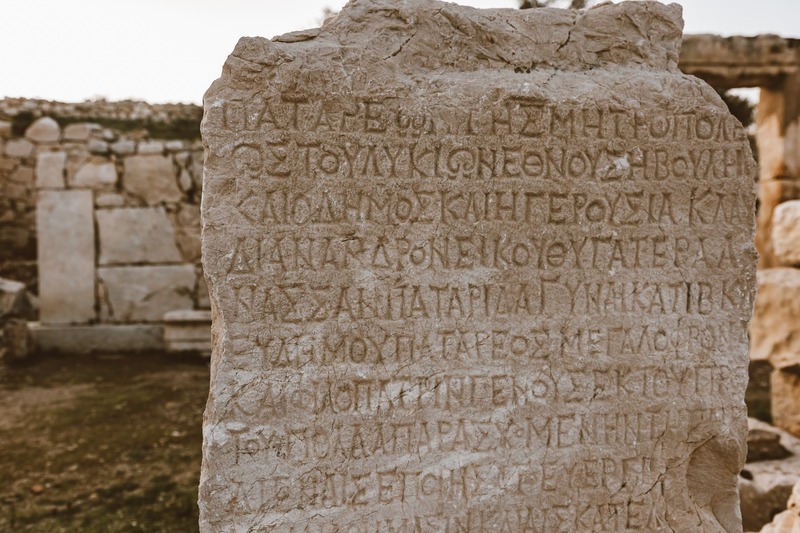
A freshly discovered “hidden chapter” of the Bible, which is more than 1,500 years old, is thought to include crucial new information on how the holy book has evolved over time. This incredible find consists of Matthew 11–12 paragraphs written in the ancient Syriac language and contains more details than the traditionally accepted Gospel version.
Scientists utilized ultraviolet light to examine an ancient manuscript of Christian hymns, and stories kept in the Vatican Library to make the ground-breaking discovery. We might be able to learn more about how the Bible has evolved and altered over time by using this previously undiscovered material.
Amazing Discovery of Ancient Bible Chapter Unvield By Experts
According to the story in Daily Mail, Although the old writing had been scraped off the parchment, a normal technique to prepare the paper for new writings, UV light could still pick up traces of the original writing.
The University of Glasgow’s Dr. Garrick Allen, a senior lecturer in New Testament studies, gave MailOnline some advice on interpreting early Bible translations in light of the discovery. Even though the recovered text from Matthew 11–12 is only partially complete, Dr. Allen adds that the relevance of the discovery is somewhat constrained.
However, as one of the oldest translations from Greek, the Syriac translation of the Bible is valuable in and of itself. This discovery gives information on the groups who produced these early translations as well as the early stages of the textual development of the Bible.
Christian author, journalist, and radio host Justin Brierley revealed how intrigued he was by the finding of the old Syriac Gospel fragment. According to Perthnow, Brierley noted the interesting differences in the wording of Matthew’s Gospel compared to the version generally accepted today, saying, that the uncovering of this fresh piece from a Syriac version of the Gospels further highlights the incredible wealth of the New Testament’s manuscript history throughout numerous centuries.
Brierley underlined the significance of textual criticism in helping historians create an extraordinarily accurate knowledge of the ancient Gospels in response to critics who challenge the constancy of the Bible’s content across time. He thinks that discoveries like this one help to strengthen the historical accuracy of the Bible.
Also Read: Reviving Jerusalem’s Ancient Pilgrimage Road: A 2,000-Year-Old Path Gets a Modern Update
The Original Text from the Chapter
The Greek text of Matthew 12:1 reads: “At that time Jesus went through the grainfields on the Sabbath, and his disciples became hungry and began to pick the heads of grain and eat.” but in the article shared in The West, the Syriac translation, however, adds more information: “… began to pick the heads of grain, rub them in their hands, and eat them.”
A scribe in Palestine altered the original text, which was penned in the third century. Because animal skin paper was in short supply and frequently needed for reuse, this was a widespread practice at the time. Palimpsests, or manuscripts with several writing layers, were produced by this procedure.
Related Article: Mysterious Handprint Found on Ancient Jerusalem Artifact Leaves Experts in Confusion

